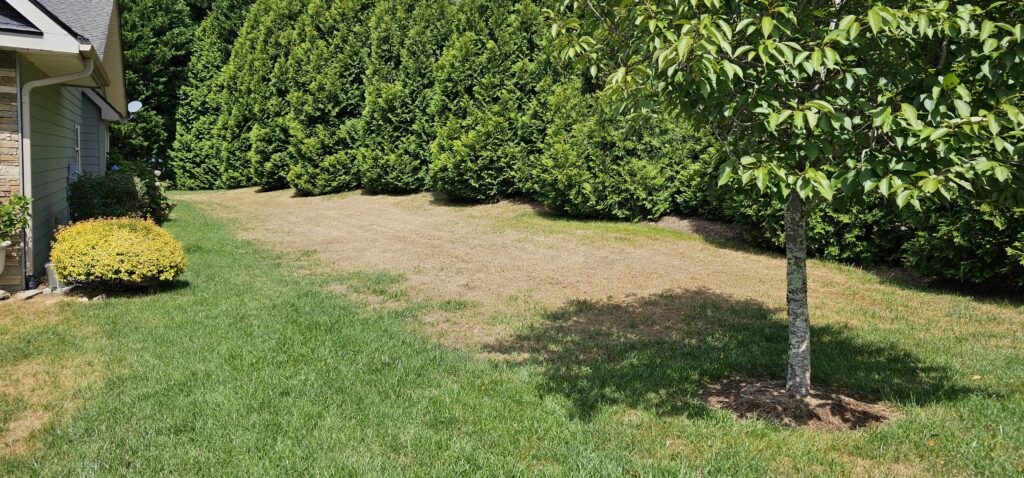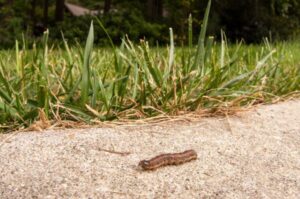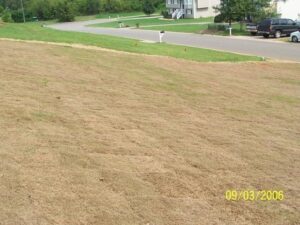Pest Alert – Fall Armyworm Caterpillars
go.ncsu.edu/readext?818038
en Español / em Português
El inglés es el idioma de control de esta página. En la medida en que haya algún conflicto entre la traducción al inglés y la traducción, el inglés prevalece.
Al hacer clic en el enlace de traducción se activa un servicio de traducción gratuito para convertir la página al español. Al igual que con cualquier traducción por Internet, la conversión no es sensible al contexto y puede que no traduzca el texto en su significado original. NC State Extension no garantiza la exactitud del texto traducido. Por favor, tenga en cuenta que algunas aplicaciones y/o servicios pueden no funcionar como se espera cuando se traducen.
Português
Inglês é o idioma de controle desta página. Na medida que haja algum conflito entre o texto original em Inglês e a tradução, o Inglês prevalece.
Ao clicar no link de tradução, um serviço gratuito de tradução será ativado para converter a página para o Português. Como em qualquer tradução pela internet, a conversão não é sensivel ao contexto e pode não ocorrer a tradução para o significado orginal. O serviço de Extensão da Carolina do Norte (NC State Extension) não garante a exatidão do texto traduzido. Por favor, observe que algumas funções ou serviços podem não funcionar como esperado após a tradução.
English
English is the controlling language of this page. To the extent there is any conflict between the English text and the translation, English controls.
Clicking on the translation link activates a free translation service to convert the page to Spanish. As with any Internet translation, the conversion is not context-sensitive and may not translate the text to its original meaning. NC State Extension does not guarantee the accuracy of the translated text. Please note that some applications and/or services may not function as expected when translated.
Collapse ▲We are hearing of lots of reports of fall armyworms around Henderson County in both fescue lawns and pastures. NC State University’s interactive fall armyworm sighting map will show you that the insects are showing in the east of the state and working their way west. Lawn care professionals should be looking out for these hungry caterpillars.
Fall Armyworm Damage
These caterpillars can devour an entire lawn or even acres of pastures seemingly overnight or in a matter of a few days. Often the armyworm outbreaks coincide with dry fall weather when grass is already stressed. Sometimes the fescue grass will come back but other times it dies. It recommended to overseed lawns and pastures that have been affected by armyworms to be on the safe side.
Scouting
Lawn care professionals and homeowners alike should be scouting their yard frequently for signs that the caterpillars are eating lawns. A solution of dishwashing soap poured over an area where you suspect the caterpillars to be feeding will force them to surface. If they are detected you should spray while the caterpillars are still small with a product such as Dipel or Spinosad (labeled organic), imidicloprid, or pyrethroids such as bifenthrin.
Learn more here: Fall Army Worm article from NC State University








